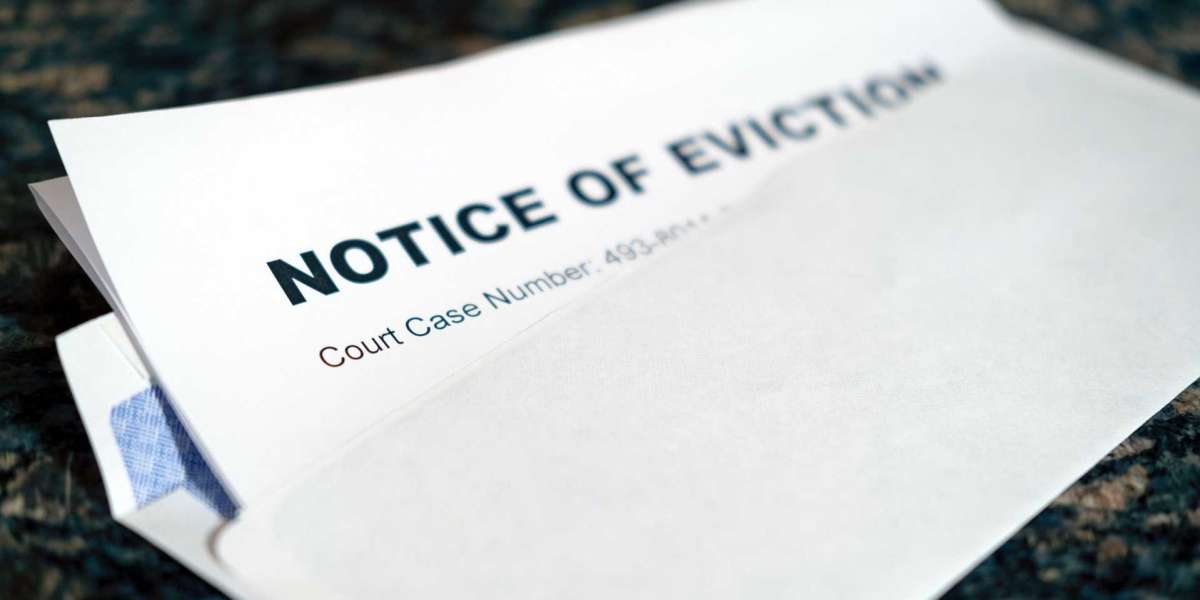Eviction is often a challenging and sensitive process for landlords, particularly in commercial real estate. This article aims to provide a comprehensive overview of the eviction process, including legal procedures and best practices for landlords. By understanding these aspects, landlords can navigate the process more effectively and minimize potential disputes.
1. What is Eviction?
Eviction is the legal process through which a landlord can remove a tenant from a rental property. It typically occurs when a tenant violates the terms of their lease agreement, fails to pay rent, or engages in illegal activities on the premises. In commercial real estate, eviction can involve complex legal issues, as the relationship between landlords and tenants often hinges on business agreements.
2. Reasons for Eviction
Landlords may seek eviction for various reasons, including:
2.1 Non-Payment of Rent
The most common reason for eviction is a tenant's failure to pay rent on time. In commercial leases, this may involve not only base rent but also additional charges such as utilities, property taxes, and maintenance fees.
2.2 Lease Violations
Tenants may breach their lease agreement in several ways, such as:
- Subleasing without permission
- Engaging in illegal activities
- Failing to maintain the property
- Breaching specific terms outlined in the lease
2.3 Expiration of Lease
When a commercial lease expires, a landlord may choose not to renew it. If the tenant refuses to vacate the premises after the lease has ended, eviction may be necessary.
2.4 Property Damage
If a tenant causes significant damage to the property, landlords may have grounds for eviction, especially if the damage violates the terms of the lease.
3. Legal Procedures for Eviction
The eviction process typically follows a series of legal steps, which may vary by jurisdiction. Here’s an overview of the general procedures:
3.1 Review Lease Agreement
Before initiating the eviction process, landlords should review the lease agreement to ensure that they have valid grounds for eviction and to understand any specific terms or conditions related to termination.
3.2 Provide Notice to Tenant
Most jurisdictions require landlords to provide written notice to tenants before proceeding with eviction. This notice should specify the reason for eviction, the amount of time the tenant has to remedy the situation (if applicable), and the consequences of failing to do so. Common types of notices include:
- Pay or Quit Notice: A demand for payment of overdue rent within a specified timeframe.
- Cure or Quit Notice: A notice informing the tenant of lease violations and allowing them time to correct the issue.
- Unconditional Quit Notice: A notice requiring the tenant to vacate the property immediately, often used in cases of severe lease violations.
3.3 Filing for Eviction
If the tenant fails to respond to the notice within the specified timeframe, the landlord may file an eviction lawsuit (also known as an unlawful detainer action) in the local court. This process typically involves:
- Completing the necessary court forms
- Paying filing fees
- Providing evidence of the lease agreement and any correspondence with the tenant
3.4 Court Hearing
Once the lawsuit is filed, a court hearing will be scheduled. Both the landlord and tenant will have the opportunity to present their cases. It’s crucial for landlords to come prepared with documentation, such as:
- The lease agreement
- Payment records
- Copies of notices sent to the tenant
3.5 Judgment and Writ of Possession
If the court rules in favor of the landlord, it will issue a judgment allowing the eviction. The court may also issue a writ of possession, which authorizes law enforcement to remove the tenant from the property if they do not leave voluntarily.
3.6 Enforcing the Eviction
If the tenant refuses to vacate after receiving a writ of possession, landlords can request assistance from local law enforcement to enforce the eviction.
4. Best Practices for Landlords
To ensure a smooth eviction process and minimize potential disputes, landlords should consider the following best practices:
4.1 Maintain Clear Communication
Open and transparent communication with tenants can prevent misunderstandings that may lead to eviction. Regularly check in with tenants and address any issues promptly.
4.2 Document Everything
Keep detailed records of all communications with tenants, including notices sent, rent payments received, and any lease violations. This documentation can be invaluable in court proceedings.
4.3 Be Familiar with Local Laws
Eviction laws vary significantly by jurisdiction, so landlords must familiarize themselves with local regulations and procedures. Consulting with a legal professional experienced in commercial real estate can provide valuable guidance.
4.4 Attempt Mediation
Before resorting to eviction, consider exploring mediation options to resolve disputes. Mediation can often lead to mutually agreeable solutions without the need for legal action.
4.5 Keep Emotions in Check
Eviction can be an emotionally charged process for both landlords and tenants. It’s essential to remain professional and avoid engaging in confrontational behavior.
4.6 Plan for the Future
After completing the eviction process, landlords should evaluate their leasing practices to minimize future issues. This may involve revising lease agreements, conducting more thorough tenant screenings, or implementing clearer payment policies.
5. Conclusion
Understanding the eviction process is crucial for landlords, especially in the commercial eviction real estate sector. By following legal procedures and adopting best practices, landlords can navigate the complexities of eviction while minimizing potential conflicts with tenants. With careful planning, effective communication, and a strong understanding of local laws, landlords can protect their investments and maintain successful rental relationships.








